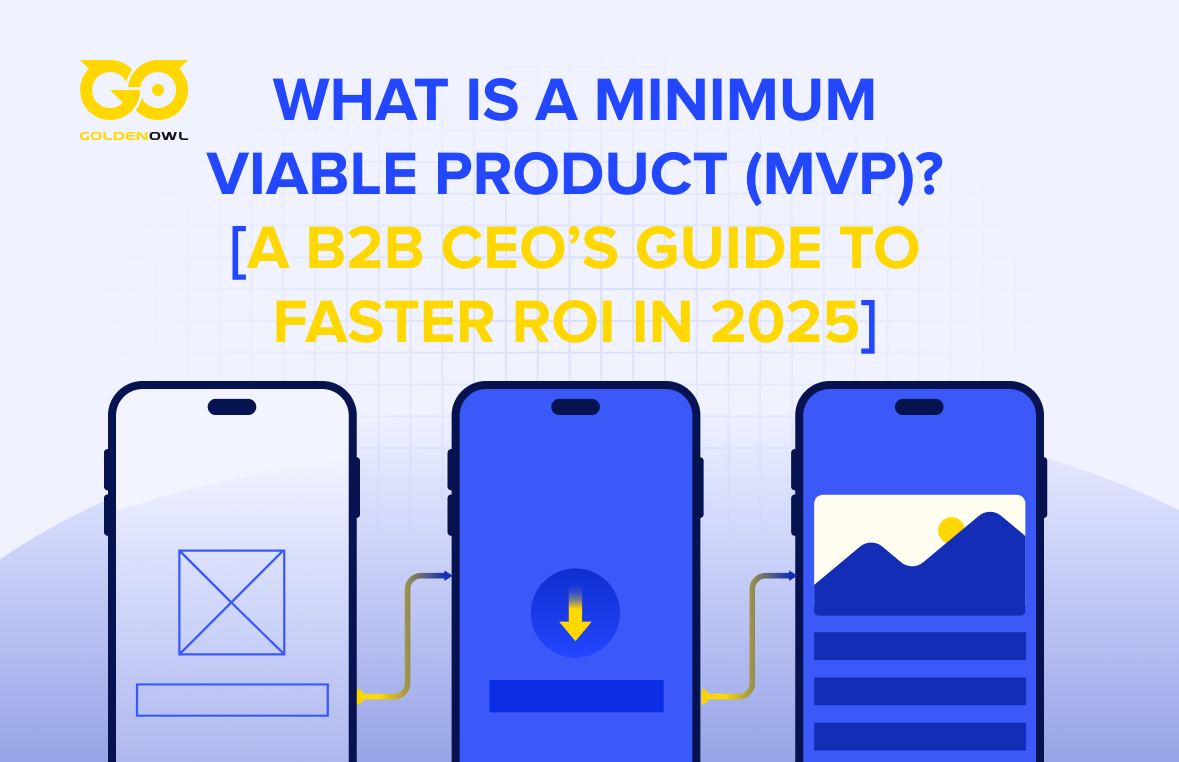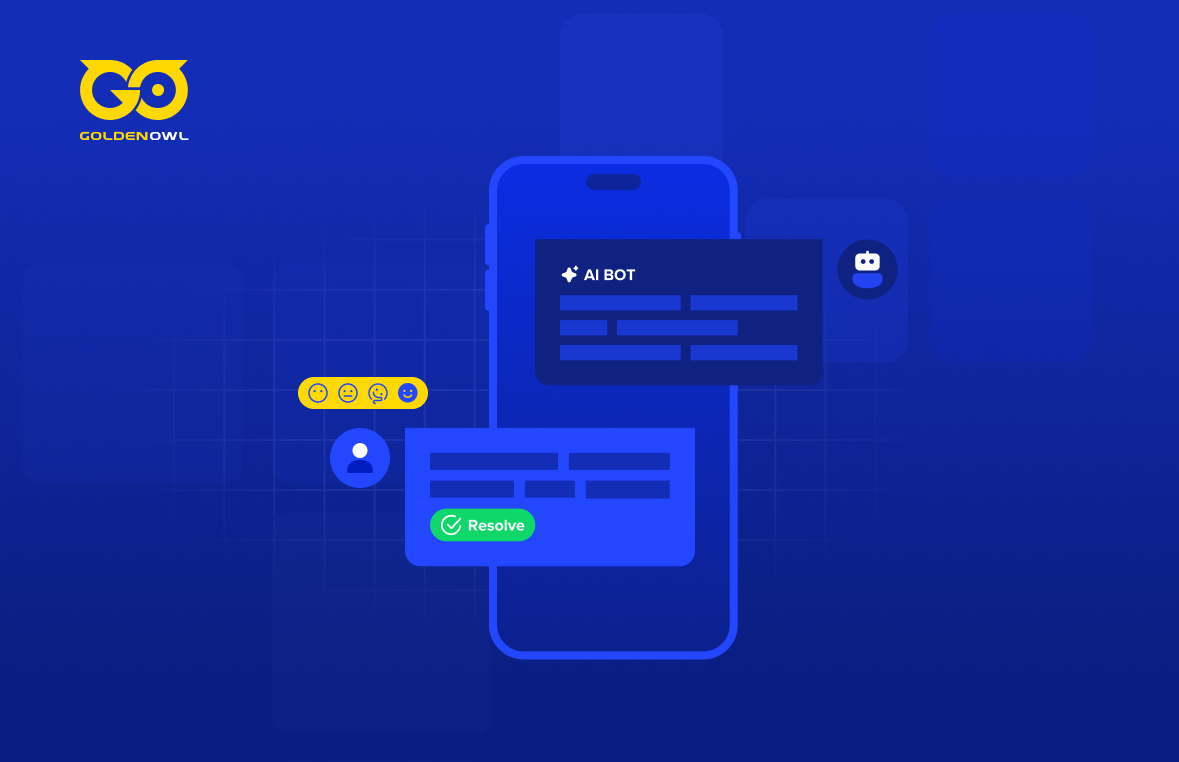Beautiful website design isn't something that happens by accident. It may be a stressful procedure to create a website and then make it available to the general public. Every website design and development project has a set of processes that must be completed over again.
Web designers frequently focus on technical aspects of the web design process, such as wireframes, coding, and content management. However, excellent design isn't just about sleek graphics or how you incorporate social network links. A website production process that is aligned with an overarching goal is what great design is all about.
If you've never built a website before, this process might seem to be intimidating. We will break down the complexity into 5 practical steps in this article.
Why is planning a web design process so important?
Building a website is one of the most essential investments you'll make for your company, so make sure it's done well.
Implementing a well-defined web design workflow can assist you in strategically guiding your customers through each key step of the project, ensuring that they are aware of what to anticipate and when.
A well-thought-out and well-executed web design process strategy can assist you in the following ways:
- Effortlessly organize and manage all participants.
- Plan and delegate design and development work appropriately at various stages.
- Perfectly utilize and handle various design materials.
- Easily accelerate the design and development of your website.
5-step designing process to build a winning website
Here is a list of stages that you should include in your web design process if you want to produce successful websites.
- Step 1: Identifying goals
- Step 2: Planning strategies
- Step 3: Creating content
- Step 4: Testing
- Step 5: Launching and maintaining
Let’s get into it!
Step 1: Identifying goals
Your project should begin with a creative brief that describes the website's final purposes. Setting objectives is the first step toward making the intangible a reality.
Consider what the website's primary goal will be. Is it for the purpose of selling goods or services? Is it to recruit new employees? Is it to provide blog readers a nice user experience? Is it to raise brand recognition for a new business?

You'll be able to determine if the final site gets you closer to your objective once you've defined a specific, understandable goal. Before beginning the web design project, there are a few questions you should ask yourself:
- Will your website be utilized exclusively to host your blog posts?
- Is it going to be an ecommerce site?
- Will you be offering a service or a tangible item?
- Will you create a single landing page to collect email addresses?
- Is there a competitor website that operates within the same niche you plan to launch? What are its strengths and weaknesses?
- What is the intended benefit that the users would get out of using your website?
This is the most crucial step in any website development project. If the answers to all of these questions aren't included in the brief, the project may go in the incorrect path.
Step 2: Planning strategies
The long-term success of the project hinges on the establishment of realistic timeframes and strategic planning. Within the planning process, there are three major issues to address.
1. Programming language and technology stacks
The technical components of the project, such as the tech stack to be used to create the website, must also be chosen at this point. The technology stack you choose is determined by the website goals you sketched up in the previous phase.
Before making a decision, you should perform a thorough examination of programming languages and technological stacks, as well as weigh the benefits and drawbacks of each. A side-by-side comparison, such as JavaScript vs Typescript, can help you better grasp the benefits and drawbacks of each framework.

2. Sitemap and wireframes
Sitemap
The sitemap shows how the website's information architecture is organized. Building a site without a sitemap is like building a house without a blueprint. And that rarely turns out well. Prior to starting the design process, create a sitemap to assist you plan more effective website navigation.

Building a sitemap will not only require you to identify all important websites ahead of time, but it will also assist you in understanding the links between them, giving you and your team a clear picture of the online information architecture.
Wireframes
The cornerstone of a well-designed website is wireframing. It functions as a guide to the website's ultimate look by providing a framework for the visual design and content aspects. The sitemap and wireframes are the blueprint for your website, and they serve as the foundation for the final product.
A wireframe does not contain any final design components, but it does serve as a reference for how the site will appear in the end. It can also serve as a source of inspiration for the layout of various aspects. To develop wireframes, some designers utilize sleek tools like Balsamiq or Webflow.

To show page information, you may utilize three of the greatest wireframe tools:
- Mockplus - a rapid tool to design, brainstorm and collaborate interactive wireframes
- Wireframe CC - an easy tool for creating and sharing wireframes
- Pencil Project - a quick wireframe tool that focuses on diagrams and GUI prototypes
Step 3: Creating content
Content engages readers and motivates them to perform the activities required to achieve the site's objectives. This is influenced by both the substance (writing) and the way it is delivered (the typography and structural elements).
To guarantee that the website content reaches its intended audience, it must be developed in conjunction with an SEO strategy. A well-thought-out content strategy improves a site's search engine ranks. Content development requires optimization, which may be done using technologies like Google Analytics.
This stage requires you to write out the core of what you want to communicate to your website's audience and include calls-to-action. Content writing also entails the production of attention-getting headlines, text editing, fresh text authoring, combining existing material, and other tasks that take time and effort.
Examine what your competitors are doing and try to mimic them to some level. Consider how you'll organize the pages and where you'll put certain elements.
Step 4: Testing
Testing is an important part of the website design process, and it should happen at the same time as development. A comprehensive testing routine guarantees that your website or web application does not cause any problems for the user when they are viewing it.
Test each page thoroughly to ensure that all links work and that the website displays correctly on all devices and browsers. Errors can be caused by minor coding errors, and while finding and fixing them might be a hassle, it's preferable to do it immediately rather than risk exposing a faulty site to the public.
Here's where you'll be able to:
- Fix any problems, such as broken links, buffering videos, and contact forms that aren't working.
- Make sure everything is where it should be and that it reads nicely by proofreading and checking your material.
- Check your SEO settings to ensure that everything is in place and working properly.
- Ensure that your website is mobile-friendly across all devices by testing its responsiveness.
Step 5: Launching and maintaining
It’s time to make your site visible to the public!
The website must be transferred from a local server to the live server before it can be launched. Prior to the launch of the website, your design and development team must walk a tightrope between form and function to discover the sweet spot of balance between the two.
Don't expect everything to go smoothly. There may be some issues that need to be addressed. You know better than anybody that a website is never truly finished once it goes live. There's always something that has to be tweaked or a minor change that needs to be done.
The maintenance phase comes next, and it's crucial for the website to stay up and operating. You can continually run user testing on new content and features, monitor analytics, and refine your messaging.
Last thought
Despite the fact that each website project has its own set of characteristics, you and your team may use comparable web design techniques to create them. We believe that this thorough 5-step website design method will assist you in successfully speeding up your design process.
We can support you with your web design process if you want further assistance. Contact us to set up a meeting right away!




















